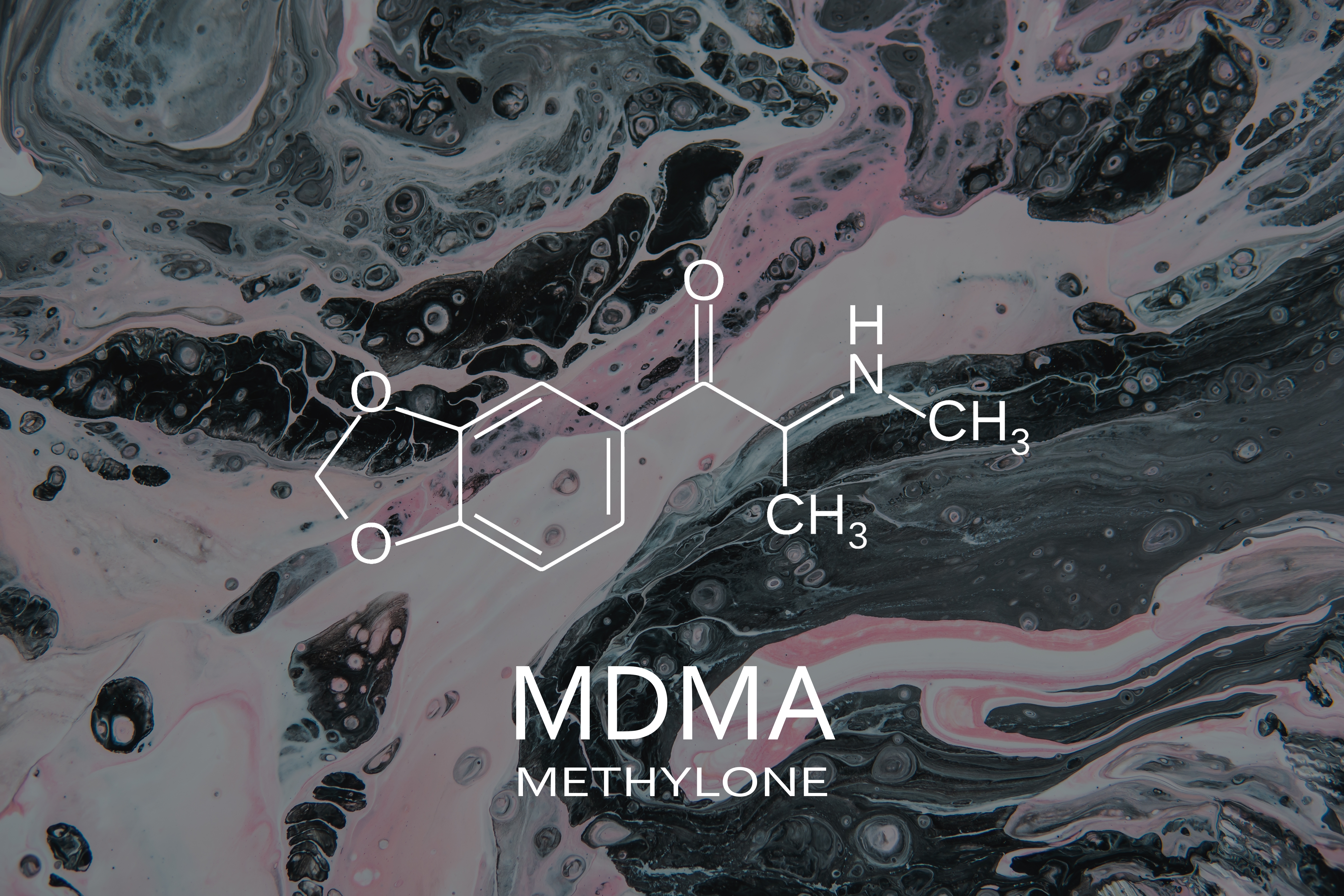As the world contemplates our political future, many people are struggling to get there or see the BIG picture because they are dealing with the day-to-day issues of violence and young deaths and trying to understand or have some rational explanation as to what is happening in our communities.
The problems we face have multiple layers and many elements, and there is not one easy, quick, or direct solution, but we have to start pilling the layers one by one. As a community, we know there is money (or lack of), gangs, and drugs. These elements are almost always involved in some aspect, but what we didn’t know, or at least most of us don’t know, is the impact of the cocktail our youth are taking that is a definite contributor to the anger, outbursts, and possibly crimes we are seeing.
To understand this cocktail, we asked Derrick Mobley, our MD Contributor, to share this article. Please read it, share it, and join the conversation if you have more information.
Ecstasy, also known as E-Bomb, Molly, and other names, is chemically known as MDMA (3,4-methylenedioxymethamphetamine). It is a purely synthetic (man-made) drug that has no medical use and is composed of numerous substances (both legal and illegal) that are compressed into a pill or capsule. Unlike Xanax or Percocet, it is always manufactured illegally in conditions that are frequently substandard for pill production and can contain anything that the manufacturer chooses to put in it – including fentanyl. The drug alters mood and perception, potentially causing visual and auditory hallucinations, especially when mixed with other drugs–it was initially associated with rave culture, electronic dance music scenes, and college campuses but now has extended to urban communities of color.
What is Ecstasy?
Ecstasy is both a stimulant and a hallucinogen. It increases the activity of three brain chemicals:
Dopamine: Produces increased energy and activity.
Norepinephrine: Increases heart rate and blood pressure.
Serotonin: Affects mood, appetite, sleep, and other functions. It also triggers hormones that affect sexual arousal and trust.
Effects and Risks
Short-term “attractive” effects of ecstasy include:
• Euphoria – the “high”
• Increased energy
• Emotional warmth
• Distorted sensory and time perception
Negative effects can include
• Nausea and vomiting
• Chills or sweating due to an increase in body temperature
• Dehydration
• Teeth clenching
• Muscle cramping
• Blurred vision
• Death
Long-term risks may result in
• Anxiety
• Depression
• Memory problems
• Sleep disturbances
• Drug dependence
• Psychosis
There have been cases where users have required hospitalization and cases of permanent psychosis (schizophrenia). The African-American community faces unique challenges and stressors that may lead to using the drug and other drugs due to socio-economic challenges, systemic racism, unresolved trauma, and limited access to healthcare. These factors can influence drug use patterns, especially among our youth, who are the primary consumers of the drug. The mental health impact of systemic issues may lead some individuals to use ecstasy as a form of self-medication to cope with stress and trauma. While it may provide temporary relief, the long-term effects can exacerbate mental health issues or cause new ones. Peer pressure and cultural attitudes towards drug use can also play a role in ecstasy use and experimentation.
Prevention and Support
Community leaders and organizations can influence perceptions and behaviors regarding ecstasy by increasing awareness about its risks and negative consequences. Community workshops, school programs, and informational campaigns can help disseminate this knowledge.
Improving access to mental health services and substance abuse treatment can provide the necessary support for those struggling with ecstasy use. Culturally competent healthcare providers who understand the specific needs and experiences of the African-American community are essential, along with engaged community leaders, churches, masjids, and local organizations, for the prevention and effectiveness of interventions. Peer support programs and mentorship can also play a significant role.
It is extremely important to provide safe, supportive environments for young people that can reduce the appeal of drug use. After-school programs, sports, arts programs, and other community or after-school activities can offer positive outlets for energy and creativity and great sources of natural and organic “highs” that are also fun.
For more information and support, consider reaching out to local organizations such as the Philadelphia Department of Behavioral Health and Intellectual disAbility Services (DBHIDS), local health clinics, community centers, and the Substance Abuse and Mental Health Service Administration (SAMHSA) at 1.800. 662.4357.
Dr. Derrick K. Mobley is board-certified in Lifestyle Medicine by the American College of Lifestyle Medicine and is a certified Health Coach. He is retired from clini- cal practice and now concentrates his efforts toward Lifestyle Healthcare, improving Health Literacy, Health Education, and Addiction Therapy. In March 2020, his son was brutally murdered by a 16-year-old youth using a handgun.
Understanding Ecstasy/E-Bomb/Molly
Reading Time: 3 minutes


